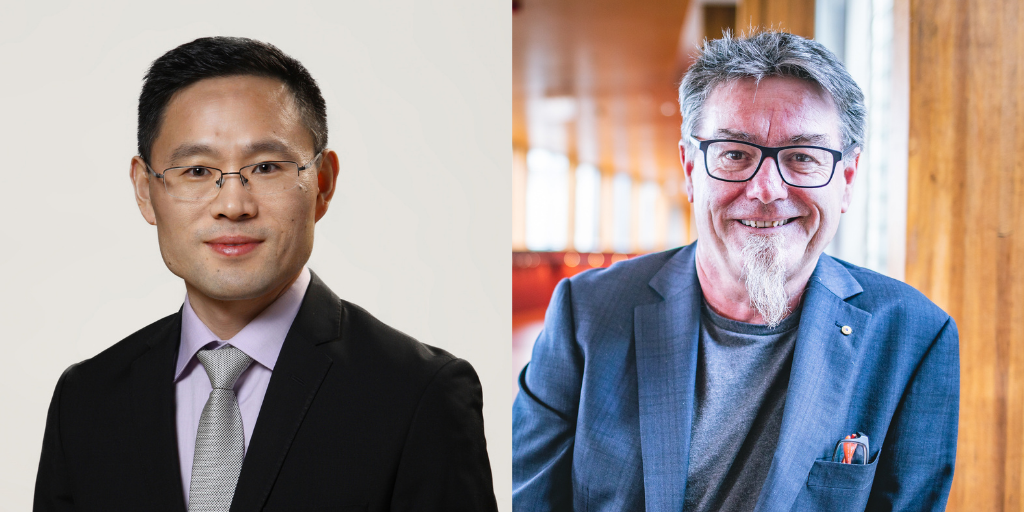News
3D printing bone tissue
Jun 28 2022
The Translational Research Initiative for Cellular Engineering and Printing (TRICEP) has delivered one of its 3D REDI bioprinters to collaborators in Finland at Åbo Akademi University (ÅAU), providing the platform to their Laboratory of Natural Materials Technology to further facilitate research plans.

Led by Prof Chunlin Xu, the team at ÅAU – as well as researchers from Alto University – are aiming to establish a new green and cost-efficient biorefinery concept for a range of high-value applications.
Since receiving 3D REDI as part of a partnership between ÅAU and the University of Wollongong (UOW), the platform has been utilised to print their sustainable all-wood-biopolymer hydrogel ink, composed of cellulose nanofibers and photoreactive woody polysaccharides.
“At our Laboratory of Natural Materials Technology at ÅAU, our vision and research activities are associated with developing woody nanocelluloses and biopolymers as biomaterials for 3D bioprinting. This area has been wholeheartedly cultivated together with a partnership between IPRI, UOW and ÅAU since 2017,” said Prof Chunlin Xu.

“We are very excited that we are now integrating the 3D REDI bioprinter into our daily research. Very promisingly, we work to deliver sustainable biopolymers of large availability as high-performance bioinks to service 3D cell culture and tissue engineering.”
The 3D REDI system was launched in 2020 by TRICEP and UOW, developed specifically for research and training. The integrated bioprinting platform and control software offer printing functionality that economically surpasses the capabilities of current market leaders. The intuitive and flexible platform has been developed with the input of world leading clinicians, whilst focused on operation at the forefront of research and training.
Since acquiring the platform, the team at ÅAU has reported back highlighting its ease of use and operation software, robust co-axial extrusion system and its ability to fit anywhere in the lab setting due to its size and weight.

“The 3D REDI bioprinter is well equipped with a robust co-axial extrusion head, for which we see a lot of potential to utilise in research concepts for bioactive delivery,” said Dr Xiaoju Wang.
“The 3D REDI is easy to move around and is a lab space saver. My team moves it from the material preparation lab bench to a laminar hood situated in the cell culture lab of neighbour building for 3D bioprinting and cell culture. It is just great.”
The team plans to further utilise 3D REDI to fabricate drug-delivery devices with precision control over drug distribution and releasing kinetics.
“At TRICEP, we are committed to facilitating research and translational activities in 3D Bioprinting. Our colleagues at Åbo Akademi University in Finland are carrying out critical research aimed at using cellulose-based products in tissue engineering and we are excited to be able to support that,” said ACES and TRICEP Director Prof Gordon Wallace.
Read more about the collaborative partnership here.













